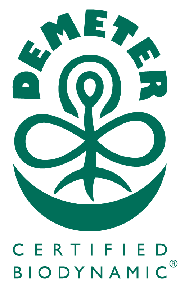
Summary:
One of Sustainable Settings’ primary goals is to demonstrate a state-of-the-art human settlement that is net-energy producing. The awareness of energy inputs necessary to run the ranch-institute and the requirement to responsibly generate the energy we need affects all design considerations. The renewable energy systems we propose are part of a whole dynamic green development concept. The performance of the energy systems depends greatly on the eco-effective integrity of the buildings, appliances, lighting and other amenities.
Our buildings, landscapes, waste treatment and farm systems are being designed as eco-effectively as current technology and methodology will allow. One of the specifications we give to each design group in the planning of the ranch is that the entire development sees a $5 check/credit back from Holy Cross Electric Company each month. We anticipate a build-out period of 4-5 years allowing us to plug in the latest innovations in technology as we develop and to open up our process of designing and building to educational collaborations and community outreach.
Once we have designed our buildings and infrastructure to effectively utilize the solar income from the site and to operate comfortably and efficiently we will understand our energy demand and can calculate our loads. Conducting an energy analysis of this nature includes a site feasibility study to understand what renewable energy strategies are possible and how much insolation, wind and head is available for us to tap. This analysis leads to the development of a comprehensive energy plan for the ranch.
Understanding that we will design in order to glean all we can from the solar income that falls on the site’s passive and active solar hybrids with energy saving landscaping—we plan to integrate the following renewable energy strategies to slightly exceed our energy demands/loads:
- building-integrated and remote installations of photo voltaics,
- micro-hydro power
- wind power
- fuel cell and biogas combination (biogas generated off of the ranch livestock waste)
- solar hot water collectors for domestic hot water and active solar heating and cooling
- biodiesel and/or draft animals for farm traction
- possible geothermal applications
- experimental concepts in static electricity for cold food storage and preservation
- super-insulated wood fired adobe ovens and wood gasification applications
- and intelligent use of gravity throughout the residential infrastructure
- and agricultural systems
Grid-tied systems will be the general order of things with a certain level of battery back-up and/or a reversed fuel cell option. Another emphasis will be in the kitchen – the Achille’s heel of green building. How do we boil water and make toast in the future?
Educational Collaboratives:
Honoring our commitment to experiential education we will open up the design and build process to learners of all ages through a series of offerings in local schools. In addition, potions of the research, development and installation of the systems will be conducted as focused hands-on workshops run on-site in partnership with local and national renewable energy organizations and government agencies.

